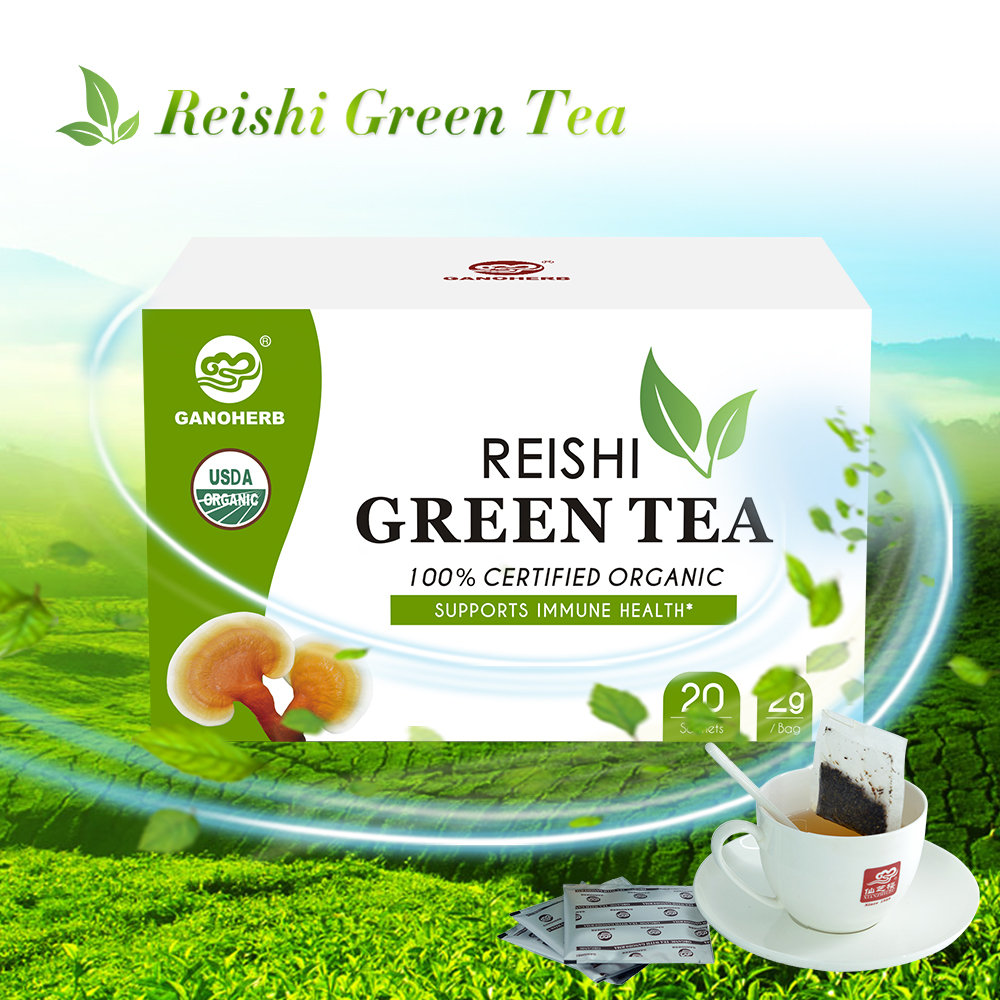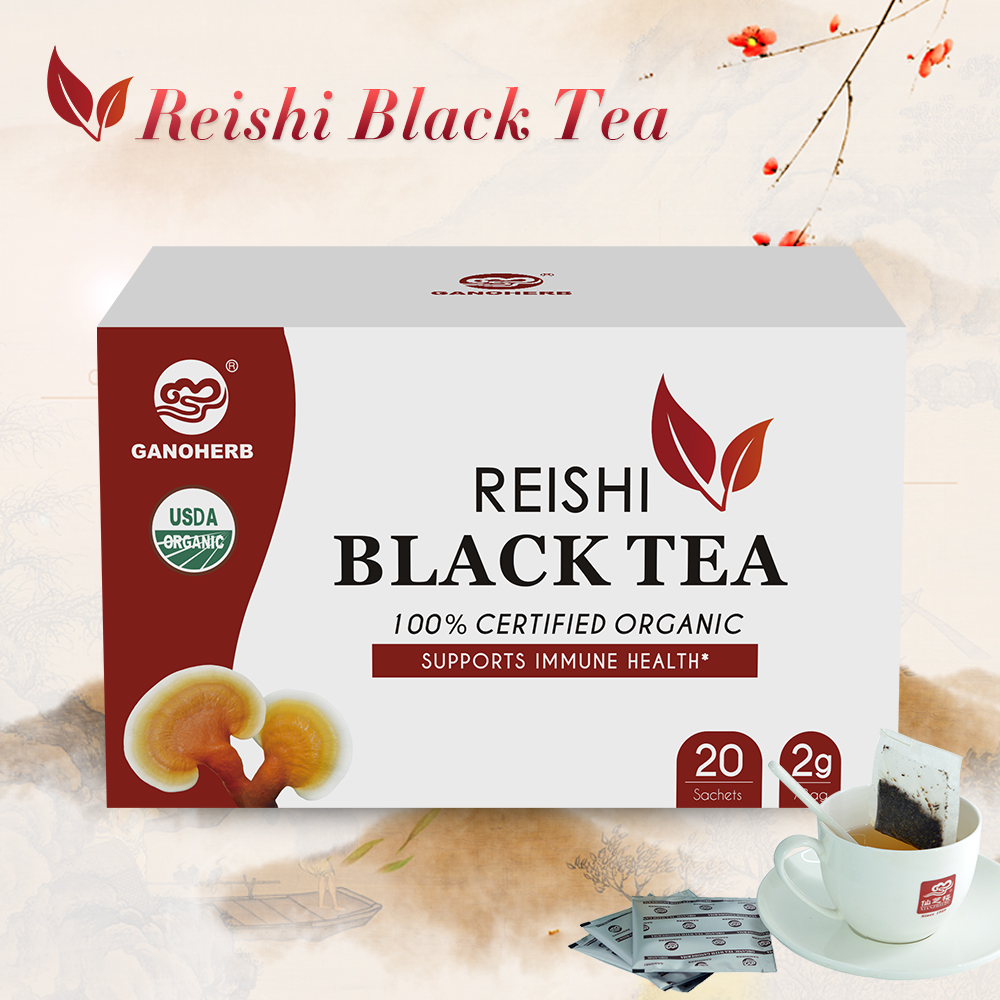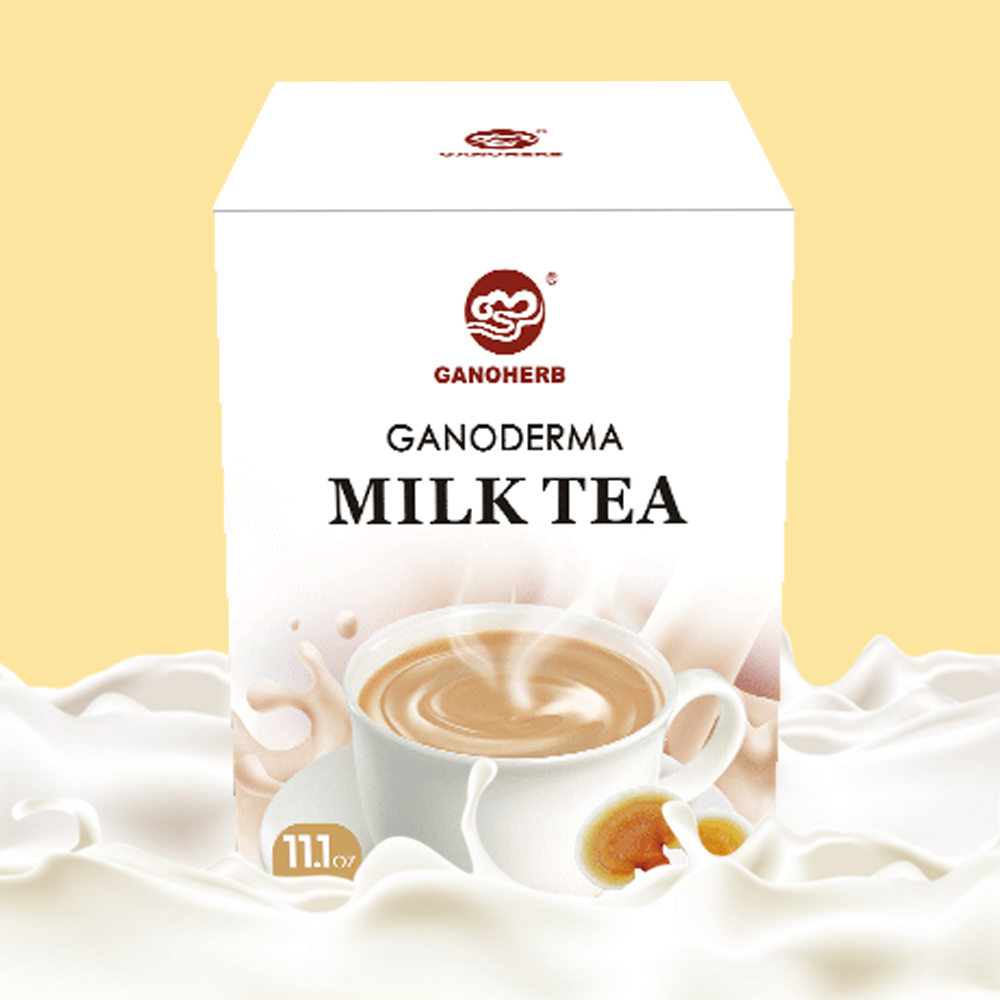Pepper Blight I. Symptoms: At the beginning of the disease, the top leaves of the plants wilted, then the lower leaves withered, and finally the middle leaves withered. There is also a wilting of one side of the leaf or a wilting of the whole leaf at the same time. At the time of initial illness, the diseased plants were wilted during the day and recovered at night. After 2-3 days, the whole plant died of wilting and the dead plants remained green. The roots of diseased plants often turn brown and rotten. The epidermis of the diseased stems is rough, with adventitious roots growing in the lower part of the stem. Some diseased stems can be seen in 1-2 cm brown lesions. The xylem was light brown in the longitudinal stem, and white opaque mucus overflowed on the cross-section of the finger after moisturizing the stem. Second, the incidence of the law: pepper Blight, also known as pepper bacterial wilt, usually in the seedling stage is not the disease, often after the pepper results began to show symptoms until the onset of the most severe summer. It is a typical bacterial soil-borne vascular disease. High temperature, high humidity, and early post-raininess can easily lead to the prevalence of this disease, especially after a long period of rain or heavy rain. The disease is often outbreaks. Third, the prevention and control methods 1, the implementation of 4-5 years of rotation, not with the solanaceae, legumes crops. In areas where conditions permit, the rotation of crops can be implemented. This is the most effective measure to prevent the disease. 2. Lime or grass ash can be properly applied in site preparation. Daejeon should be deep trenches with high ridges. 3, when the disease has not yet occurred (usually in the early fruit setting stage), apply 70% copper citrate, copper dihydric acid (DT) WP 500 times, or 50% chlorenyl chloride (ie, kasugamycin + King Copper) (DTM) WP 500-600 times, or 14% Ammonia Bromide 300 times, or 77% can kill WP 500 times, spray once every 7-10 days, even Spray 2-3 times. 4. There are sporadic diseased plants in the field, and they should be removed immediately. The diseased holes should be sterilized with 2% formalin or 20% lime water to prevent the spread of soil bacteria. 5. Spray 1:1:240 Bordeaux mixture, or 100-150 mg/kg of agricultural streptomycin at the beginning of the disease or after heavy rain. Spray once every 7-10 days, even spray 3-4 times to achieve a good disease prevention effect. 6, when the field disease contiguous occurs, one of the following agents can be used to irrigate the root: 10-200 mg/kg of agricultural streptomycin, or 40% of Bacteriostasis WP 5000 times, 0.25-0.5 kg per strain of irrigation liquid, Irrigation once every 10-15 days, even irrigation 3-5 times. While irrigating the root, it can also be combined with spraying control. The agent can use 72% agricultural streptomycin WP 2000 times solution, or 14% urea ammonia solution 300 times, or 77% can kill WP 500 Doubling, or 50% copper citrate 500 times, or 50% DTM wettable powder 500 times, every 7-10 days, spray 2-3 times. Root rot of pepper 1. Symptoms: There are obvious symptoms in the upper part of the flowering period. The leaves gradually turn yellow and withered from the bottom up. Generally, the leaves do not fall off. In severe cases, the stems and leaves wither and die. The main roots and fibrous roots are rotted and do not have lateral roots. The stems have pink mold in the wet conditions. Second, the incidence of the law: the bacteria can survive in the soil for more than 10 years, mainly rely on rain, irrigation water, unfamiliar farm manure and agricultural tools spread. Harm the main roots and stems beneath the surface. High temperature, high humidity, low phlegm water, basal fat, and long-term weight loss are important causes of this disease. Third, the prevention and control methods 1, the implementation of 2-5 years of rotation; the use of high-ridge cultivation, reduce soil moisture; timely drainage after the ditch drainage, timely removal of diseased plants. 2. When planting, use 600 times liquid of anti-Kangling wettable powder and 3000 times liquid of evil spirit to dip root for 10-15 minutes, then transplant, or mix 150 germproof bacteria 1 bag and rice bran 0.5 kilogram (without water). The roots of pepper seedlings were soaked and transplanted with roots. After planting watering, add 1.5-2 kg of copper sulfate per acre. 3, after the establishment of planting seedlings, guilty spirit 3000 times liquid, or anti-dry Ling 600 times, 250 ml per plant per time, 7 days 1 time, even irrigation 3 times. If the disease recurs later, you need to increase the dose. Pepper wilt disease Symptoms: Mostly occur during flowering. At the early stage of disease, the lower part of the plant showed wilting drooping, and then the entire plant appeared wilting from the bottom. The mildly ill strains wilted at noon on sunny days, returned to normal sooner or later and on cloudy days. After a few days, the diseased plants turned yellow and died. In severe cases, the plants died. The internal roots and necks of the cutaway plants showed browning of the internal tissues, and the cortex was easy to fall off. For example, a small section of diseased stems was cut and placed in a test tube filled with clear water, and no white pus exuded (this can be distinguished from bacterial wilt). Second, the incidence of the law: the bacteria on the sickness overwintering, can survive in the soil for many years. The onset of summer rainy days is heavy, and the condition of the sunny days after the rain develops rapidly. In the soil moisture, viscous, slightly acidic, poor drainage, many years of continuous cropping, partial nitrogen fertilizer and other conditions are prone to disease. Severe onset in high temperature and high humidity conditions. When the root knot nematode in soil is seriously harmful, the development of the disease can be aggravated. Third, control methods 1, with pepper root rot 1. 2. Before the planting, the soil was disinfected with the enemy's dexamethasone-based wettable agent 1000 times. After transplanting, the plant was immersed with roots for 800-fold dilution or 600-fold resistance to chlorohydrazide and 3000 times liquid of venom-buffering for 10-15 minutes. Plant, or mix 1 bag of 150 bio-control bacteria with 0.5 kg of rice bran (without water), and soak the roots of the pepper seedlings and transplant them with roots. After planting watering, add 1.5-2.0 kg of copper sulfate per acre. 3. Spray 50% carbendazim WP 500 times, or 40% polysulfide suspension 600 times, or 50% methacrylate copper wettable powder 400 times in the initial stage of disease; The powder is sprayed with 1000 times of liquid or 600 times of rooting, 0.5 liters per plant when irrigated, and can be filled 2-3 times.
Tea
The tea catcalog covers green tea, black tea, milk tea, ginseng tea, resihi mushroom tea,
And Chinese tea etc.
The instant green tea refined from the optimum proportion of natural organic Ganodemra .lucidum and organic green tea. It is rich in active ingredients such as ganoderma polysaccharides, ganoderma total triterpenes, organic germanium and tea polyphenols, etc. The slight bitter flavor of ganoderma and the mellowness of green tea contribute to its refreshing sweet aftertaste. It is suitable for the white-collar in the office to drink regularly.

Black tea specially blended with organic reishi msuhroom and organic black tea,which is rich in ganoderma polysacharides,ganoderma triterpenes and organic germanium.It can adjust the immune system and protecting the stomach

Ganoderma Tea (Reishi Mushroom tea/ Lingzhi tea) is made of 100% USDA certified organic Ganoderma Lucidum. The whole cultivation process strictly follows the organic standards without any use of pesticide, herbicide, and chemical fertilizer to ensure its highest quality and efficacy.
The milk tea has a unique mushroom flavor and a mellow sweet aftertaste. Milk tea has many health benefits, such as enhancing overall immunity, relieving stress, improving sleep quality and reducing allergy. It Is suitable for all people especially for people with low immunity or high stress.

Ganoderma Beverage Products
Ganoderma Coffee,Ganoderma Green Tea,Ganoderma Black Tea,Ganoderma Herbal Tea
Ganoherb International Inc , http://www.ganoherb.com


